

- RFQ
- BOM
-
Contact Us
Tel: +86-0755-83501315
Email: sales@sic-components.com
- Chinese
- English
- French
- German
- Portuguese
- Spanish
- Russian
- Japanese
- Korean
- Arabic
- Irish
- Greek
- Turkish
- Italian
- Danish
- Romanian
- Indonesian
- Czech
- Afrikaans
- Swedish
- Polish
- Basque
- Catalan
- Esperanto
- Hindi
- Lao
- Albanian
- Amharic
- Armenian
- Azerbaijani
- Belarusian
- Bengali
- Bosnian
- Bulgarian
- Cebuano
- Chichewa
- Corsican
- Croatian
- Dutch
- Estonian
- Filipino
- Finnish
- Frisian
- Galician
- Georgian
- Gujarati
- Haitian
- Hausa
- Hawaiian
- Hebrew
- Hmong
- Hungarian
- Icelandic
- Igbo
- Javanese
- Kannada
- Kazakh
- Khmer
- Kurdish
- Kyrgyz
- Latin
- Latvian
- Lithuanian
- Luxembou..
- Macedonian
- Malagasy
- Malay
- Malayalam
- Maltese
- Maori
- Marathi
- Mongolian
- Burmese
- Nepali
- Norwegian
- Pashto
- Persian
- Punjabi
- Serbian
- Sesotho
- Sinhala
- Slovak
- Slovenian
- Somali
- Samoan
- Scots Gaelic
- Shona
- Sindhi
- Sundanese
- Swahili
- Tajik
- Tamil
- Telugu
- Thai
- Ukrainian
- Urdu
- Uzbek
- Vietnamese
- Welsh
- Xhosa
- Yiddish
- Yoruba
- Zulu
- Kinyarwanda
- Tatar
- Oriya
- Turkmen
- Uyghur
ICs for Industrial Automation
1. Why ICs Are the Backbone of Industrial Automation
Industrial automation relies on precise control, real-time monitoring, and reliable operation of machinery and systems—from assembly lines to smart factories. Integrated circuits (ICs) are the foundational components enabling these capabilities, directly determining:
Precision: Microsecond-level control of motors, robots, and sensors (e.g., positioning accuracy within ±0.1mm).
Reliability: Stable operation in harsh industrial environments (-40℃~+105℃, high vibration, and electromagnetic interference).
Efficiency: Energy optimization in power systems and reduction of unplanned downtime (via predictive maintenance).
Connectivity: Seamless communication between devices (e.g., PLCs, sensors, and cloud platforms) for Industry 4.0 integration.
Without specialized ICs, the high-speed, intelligent, and adaptive operations of modern industrial systems would be impossible.
2. Key IC Categories for Industrial Automation
1. Control and Processing ICs: The "Brain" of Automation
These ICs manage logic, sequencing, and decision-making in industrial systems, serving as the core of PLCs (Programmable Logic Controllers), DCS (Distributed Control Systems), and industrial robots.
Microcontrollers (MCUs) and Microprocessors (MPUs)
Function: Execute control algorithms, process sensor data, and coordinate device interactions.
Typical Chips:
Texas Instruments (TI) AM243x: A 32-bit MCU with a 1GHz Arm Cortex-R5F core, supporting real-time Ethernet (PROFINET, EtherCAT) and 16-channel PWM for motor control. Ideal for PLCs and servo drives.
Intel Atom x6000E: A low-power MPU with multi-core processing, enabling edge computing in smart factories for real-time data analytics.
Key Features: Industrial-grade temperature tolerance (-40℃~+85℃), high EMI immunity, and support for industrial communication protocols.
Digital Signal Processors (DSPs)
Function: Handle high-speed mathematical computations for tasks like motor torque control and vibration analysis.
Typical Chip: TI TMS320F28379D: A 32-bit DSP with dual cores (200MHz), integrated ADCs, and PWM modules, optimizing motor efficiency by up to 5% in conveyor systems.
2. Sensing and Signal Conditioning ICs: The "Senses" of Automation
Industrial systems depend on accurate data from sensors (temperature, pressure, motion, etc.). These ICs amplify, filter, and convert raw sensor signals into usable data for controllers.
Sensor Interfaces and Amplifiers
Function: Condition weak signals (mV/μA level) from sensors to minimize noise and distortion.
Typical Chips:
Analog Devices AD8421: A high-precision instrumentation amplifier with 1ppm/℃ drift, ideal for temperature sensors (RTDs, thermocouples) in chemical reactors.
TI INA282: A current-shunt monitor with 50V common-mode voltage range, used to measure motor current in industrial robots with ±0.5% accuracy.
Analog-to-Digital Converters (ADCs)
Function: Convert analog sensor signals to digital data for processing.
Typical Chip: Microchip MCP3424: A 18-bit ADC with I²C interface, enabling high-resolution pressure measurement in hydraulic systems.
3. Communication and Interface ICs: Enabling "Interconnection"
Industrial automation requires robust communication between devices (e.g., sensors to PLCs, PLCs to cloud). These ICs support wired/wireless protocols and ensure data integrity.
Industrial Ethernet ICs
Function: Facilitate real-time, high-bandwidth communication via protocols like EtherCAT, PROFINET, and Modbus TCP/IP.
Typical Chip: Texas Instruments DP83867: An Ethernet PHY with 1Gbps data rate, ruggedized for industrial environments (ESD protection up to 8kV).
Fieldbus Transceivers
Function: Support legacy fieldbuses (e.g., RS-485, CANopen) for low-speed, long-distance communication.
Typical Chip: NXP TJA1050: A CAN transceiver with thermal protection, widely used in factory machinery for reliable data exchange.
Wireless Connectivity ICs
Function: Enable IIoT (Industrial IoT) via protocols like Wi-Fi 6, LoRaWAN, and Bluetooth 5.0.
Typical Chip: Semtech SX1262: A LoRa transceiver with long-range (up to 10km) and low power, suitable for remote monitoring of pipeline sensors.
4. Power Management ICs: Ensuring "Stable Energy"
Industrial systems operate on diverse voltages (12V, 24V, 48V) and require efficient power conversion and protection. These ICs regulate voltage, manage power distribution, and prevent overloads.
DC/DC Converters
Function: Convert input voltages to levels required by ICs (e.g., 24V to 3.3V for MCUs).
Typical Chip: Vicor DCM3623: A rugged DC/DC converter with 95% efficiency, supporting 18-36V input and -40℃~+105℃ operation—ideal for factory power supplies.
Motor Driver ICs
Function: Control the speed and torque of AC/DC motors, stepper motors, and servos.
Typical Chip: STMicroelectronics L6208: A dual H-bridge driver for DC motors, with overcurrent and thermal shutdown protection, used in conveyor belt systems.
Protection ICs
Function: Safeguard circuits from overvoltage, overcurrent, and ESD.
Typical Chip: Bourns TISP4143: A TVS diode array with 400W surge handling, protecting Ethernet interfaces from electrical transients.
3. Application-Specific IC Solutions
Industrial Scenario Core Requirements Recommended IC Combination Key Benefits
Smart Factory Assembly Lines Real-time control, high precision TI AM243x (MCU) + AD8421 (amplifier) + DP83867 (Ethernet) 1μs response time, ±0.1mm positioning accuracy
Industrial Robotics Motor efficiency, reliability TI TMS320F28379D (DSP) + ST L6208 (motor driver) + Bourns TISP4143 (protection) 5% energy savings, 10,000+ hour MTBF
Oil/Gas Pipeline Monitoring Long-range communication, ruggedness Semtech SX1262 (LoRa) + Microchip MCP3424 (ADC) + Vicor DCM3623 (DC/DC) 10km wireless range, -40℃~+85℃ operation
Chemical Process Control High accuracy, safety Analog Devices AD8421 (amplifier) + NXP TJA1050 (CAN) + TI INA282 (current monitor) ±0.1℃ temperature control, explosion-proof compliance
4. Key Trends Shaping Industrial ICs
Industrial 4.0 and IIoT Integration
ICs are evolving to support edge computing (e.g., Intel Atom x6000E) and AI acceleration, enabling real-time data analysis at the device level rather than relying solely on cloud platforms.
Ruggedization for Harsh Environments
Modern industrial ICs feature wider temperature ranges (-55℃~+125℃), enhanced ESD protection (up to 15kV), and vibration resistance (per IEC 60068), critical for mining, aerospace, and outdoor applications.
Energy Efficiency and Sustainability
Next-gen motor drivers and DC/DC converters (e.g., Vicor DCM3623) achieve >95% efficiency, aligning with global energy regulations and reducing carbon footprints in manufacturing.
Cybersecurity Integration
ICs with built-in hardware security modules (HSMs), such as NXP S32K3 (for industrial MCUs), protect against unauthorized access in connected industrial systems, complying with IEC 62443 standards.
Conclusion
ICs are the invisible engines powering the transformation of industrial automation—from manual assembly lines to self-optimizing smart factories. Their ability to deliver precision, reliability, and connectivity directly impacts productivity, safety, and sustainability in industrial operations.
As Industry 4.0 advances, the demand for specialized ICs will grow, driven by the need for faster communication, higher efficiency, and smarter decision-making. Understanding the role of each IC category and selecting scenario-specific solutions is key to building robust, future-ready industrial systems.
https://www.sic-components.com/

Hot Products
View MoreRelated Blogs

2000+
Daily average RFQ Volume

30,000,000
Standard Product Unit

2800+
Worldwide Manufacturers

15,000 m2
In-stock Warehouse



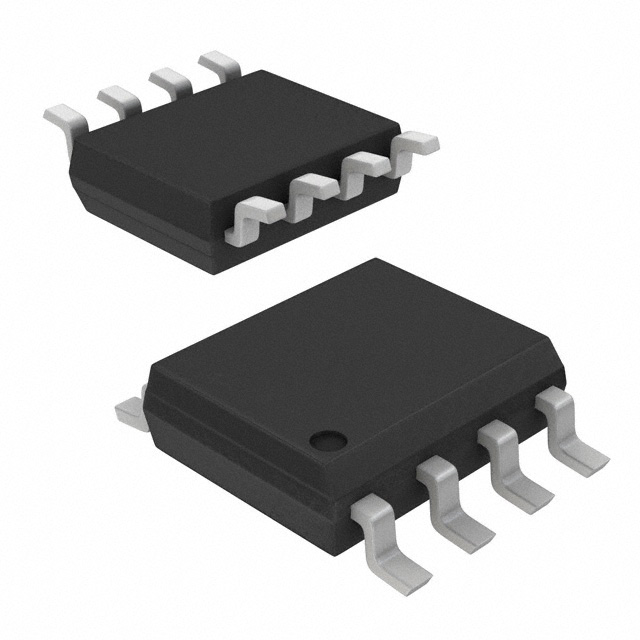
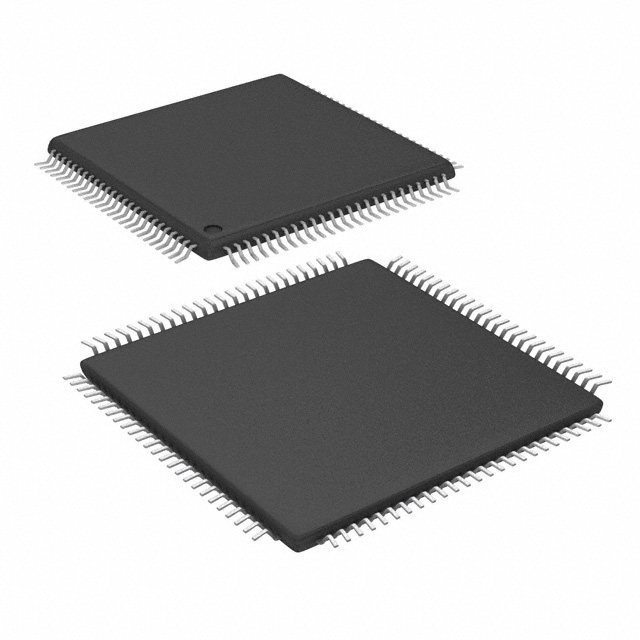
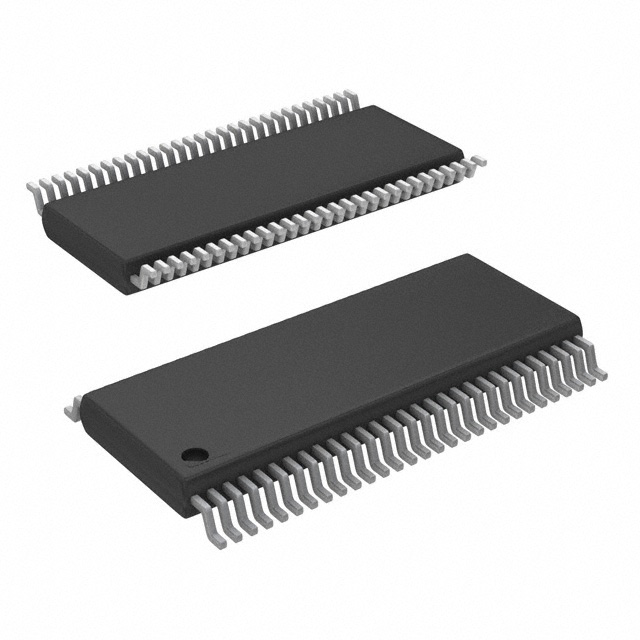


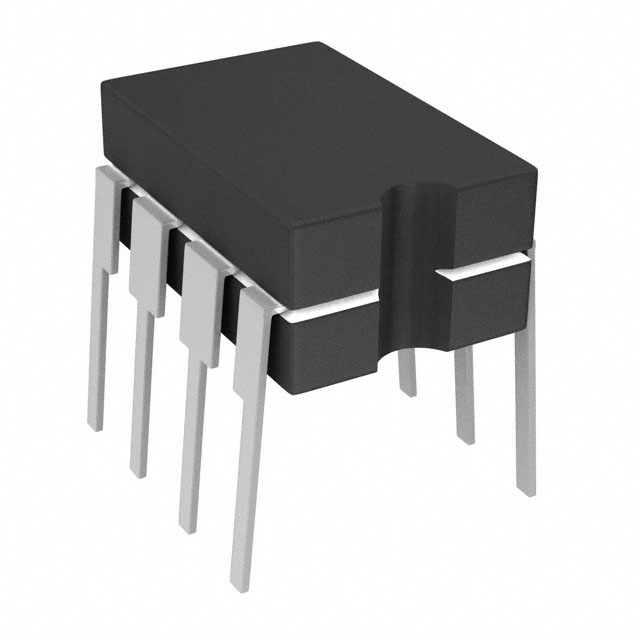
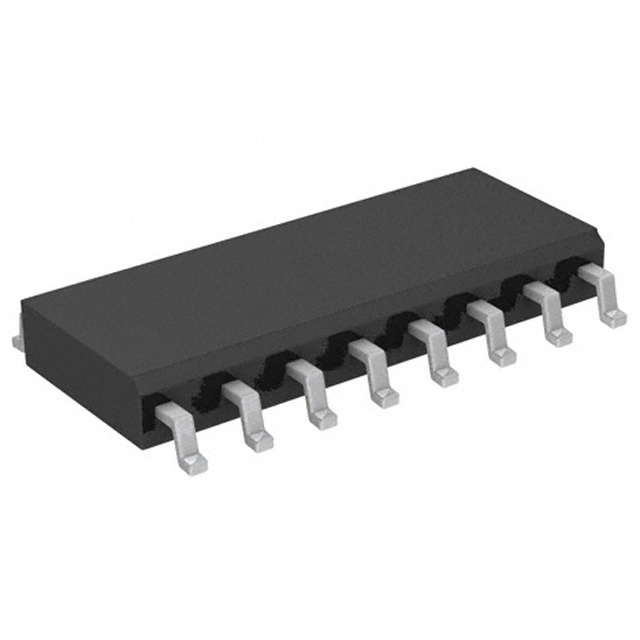
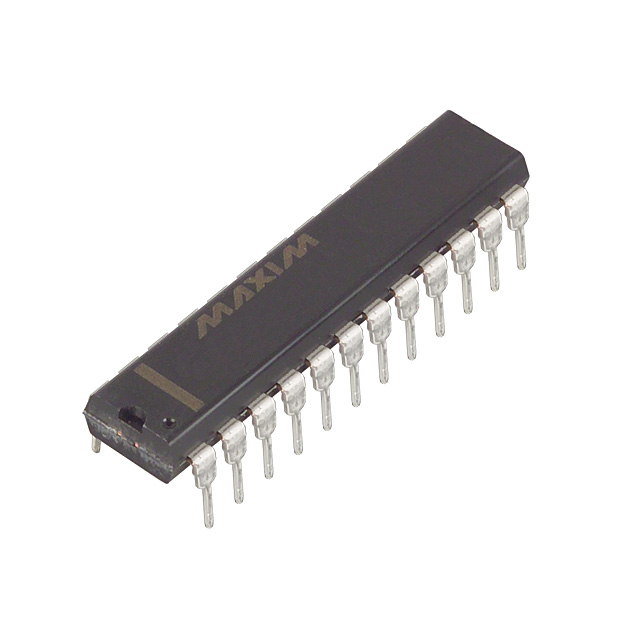
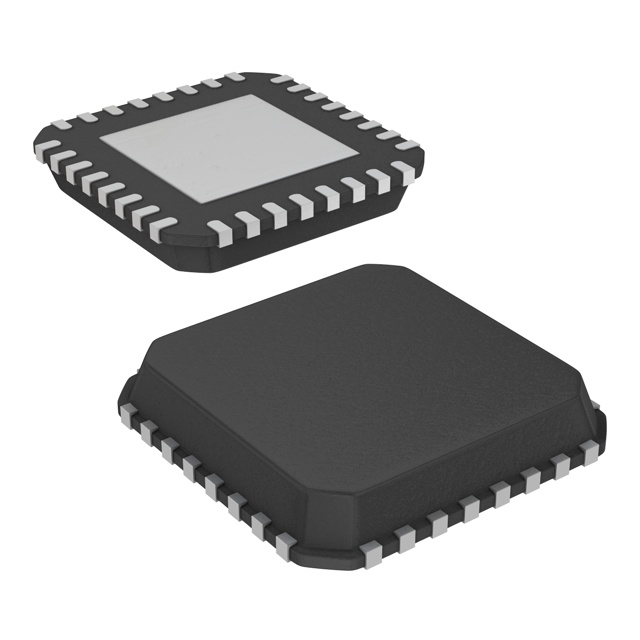
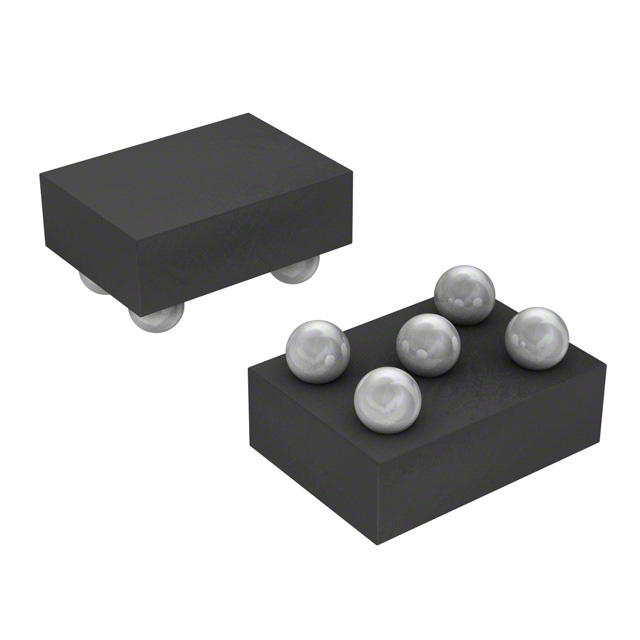
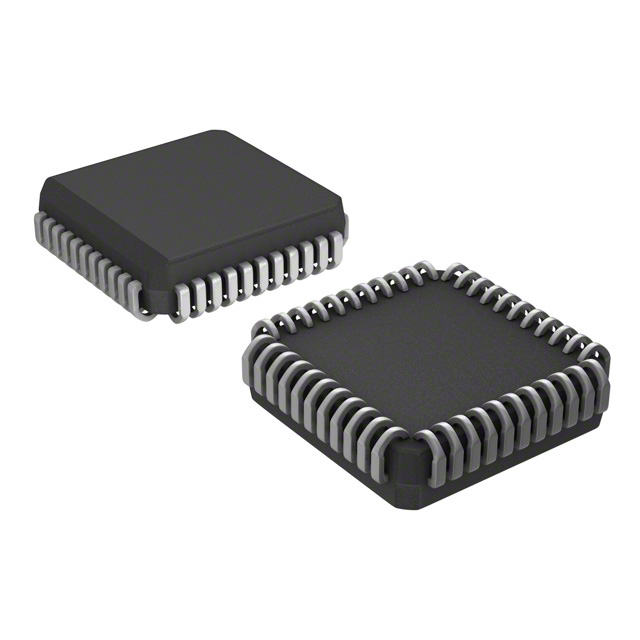
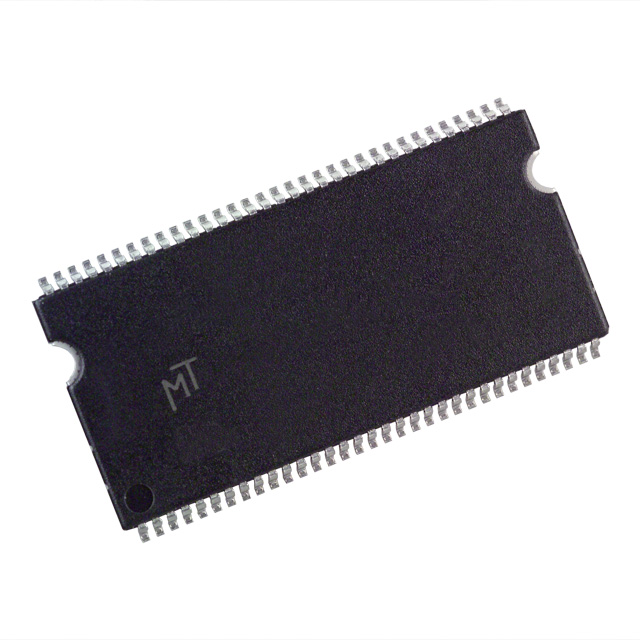

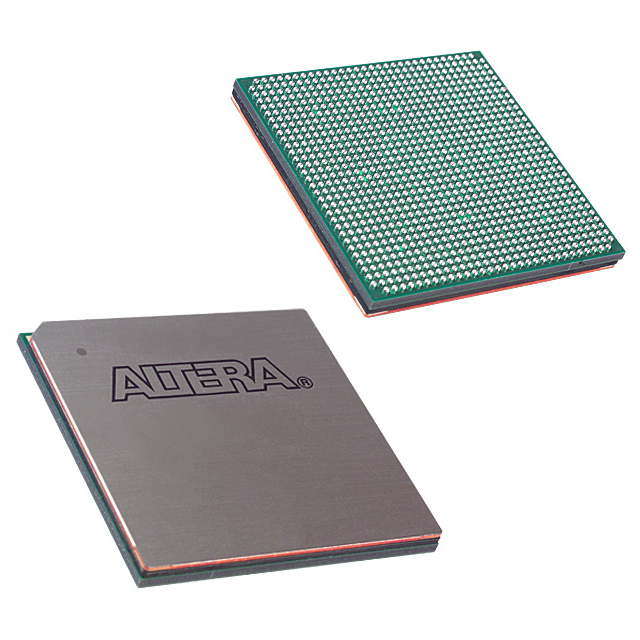
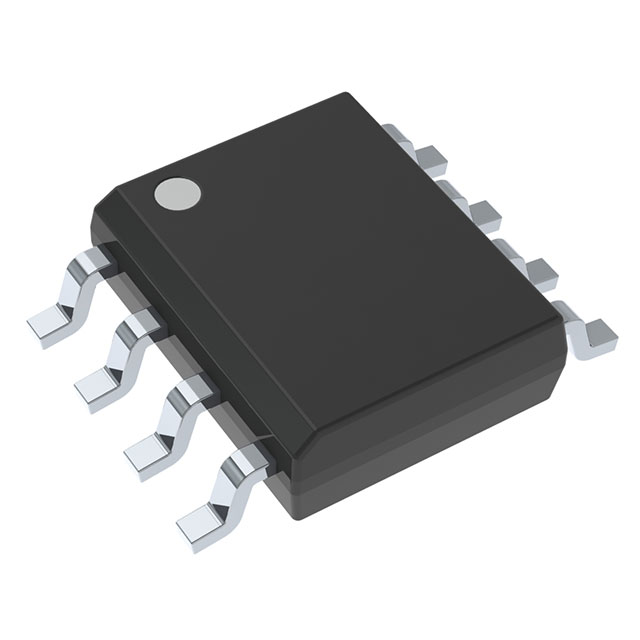
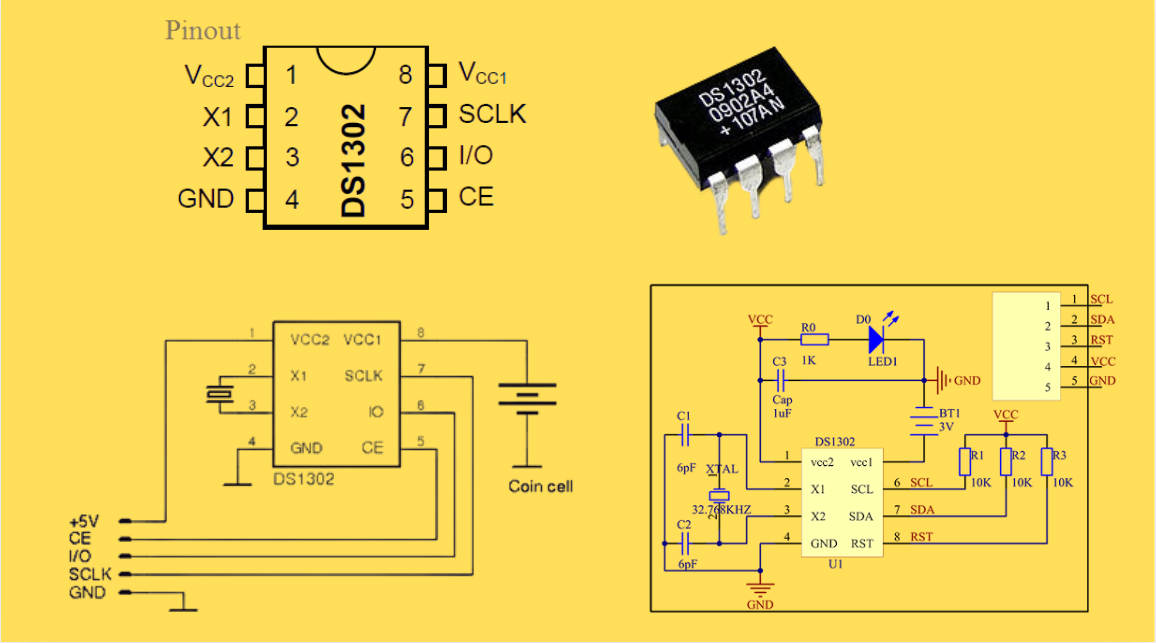

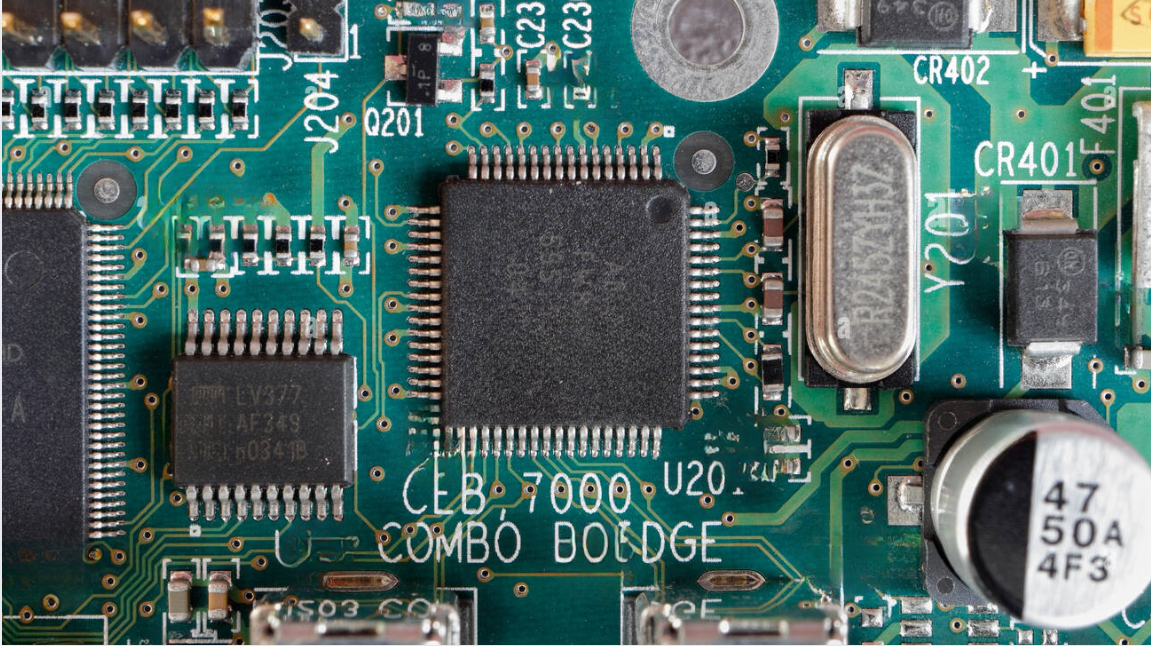
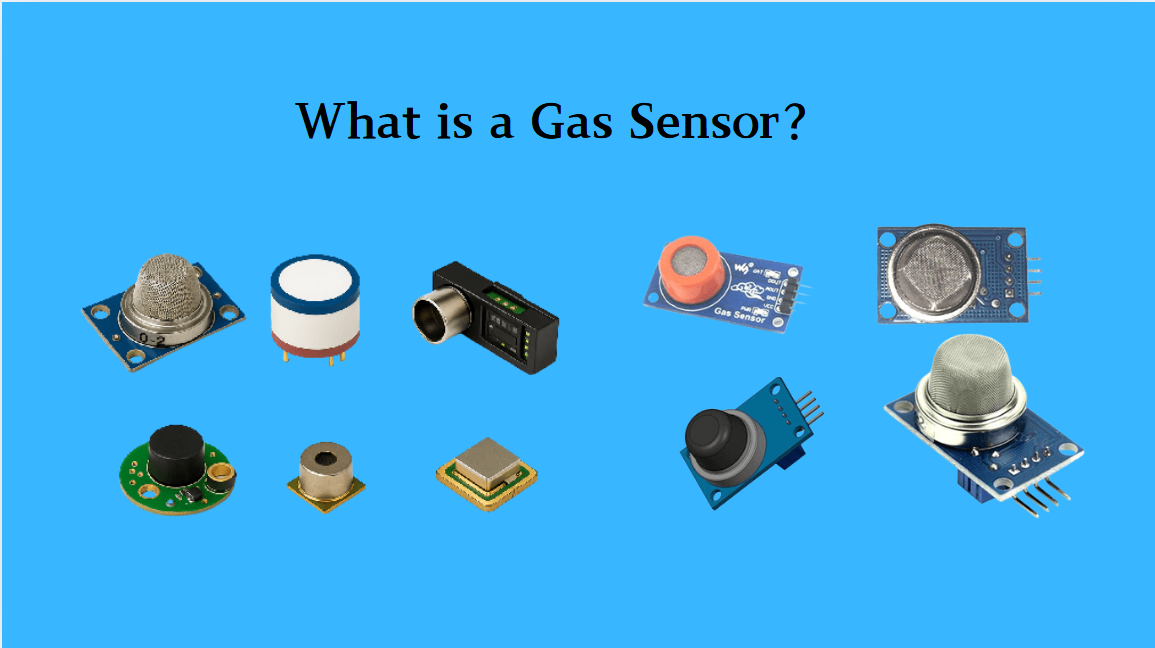

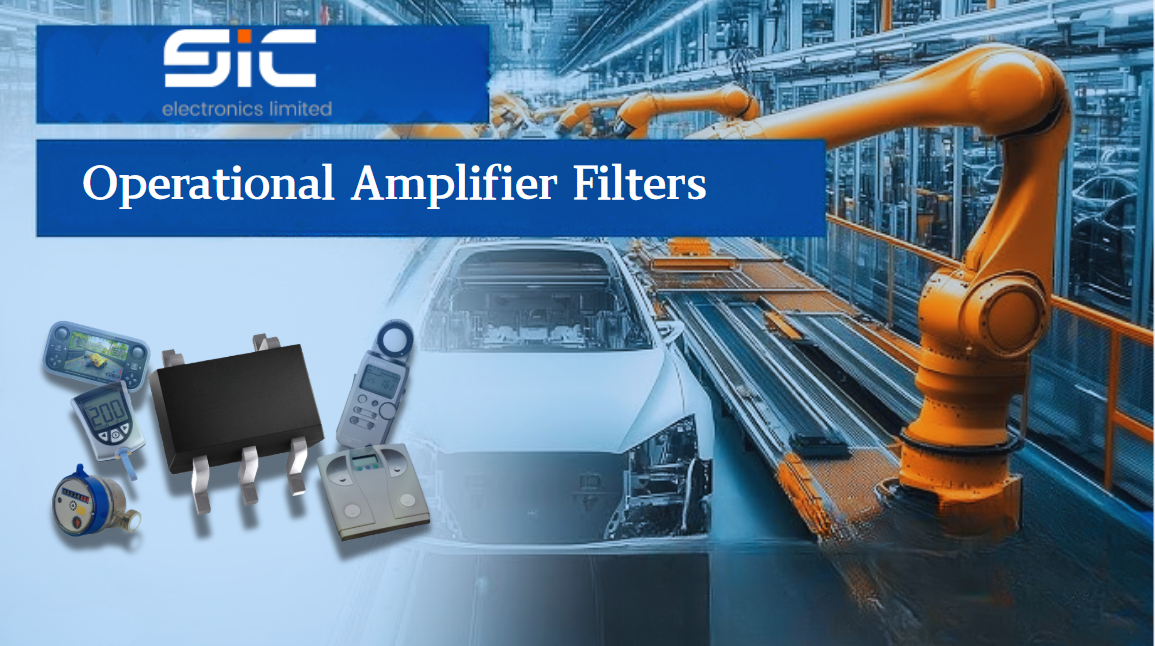
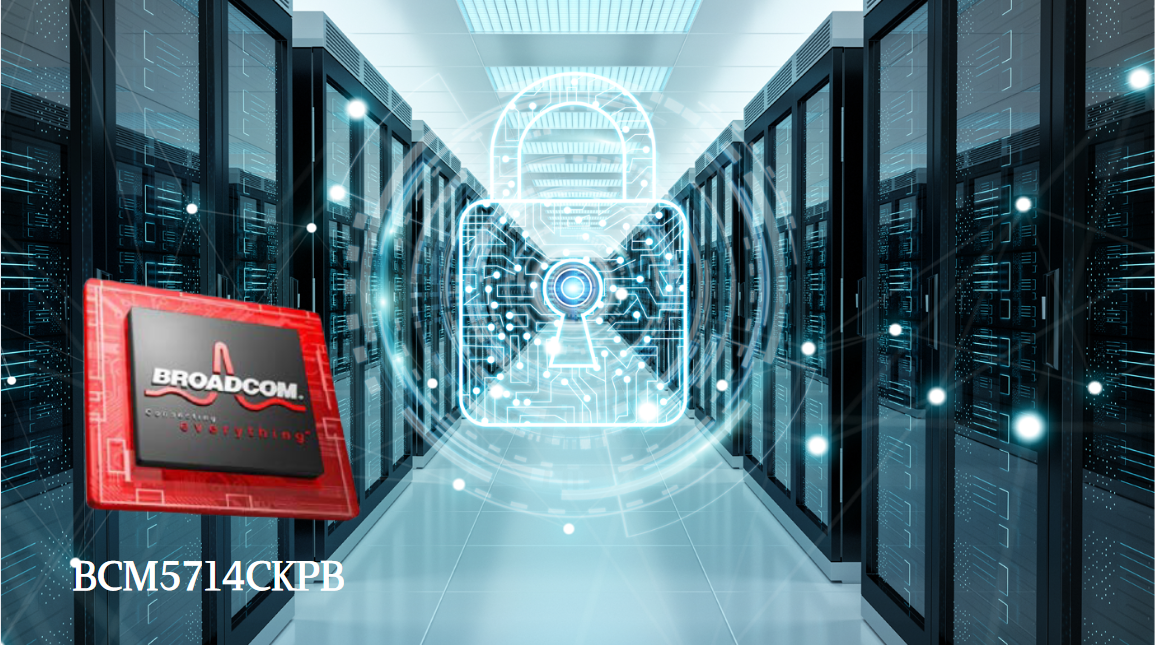
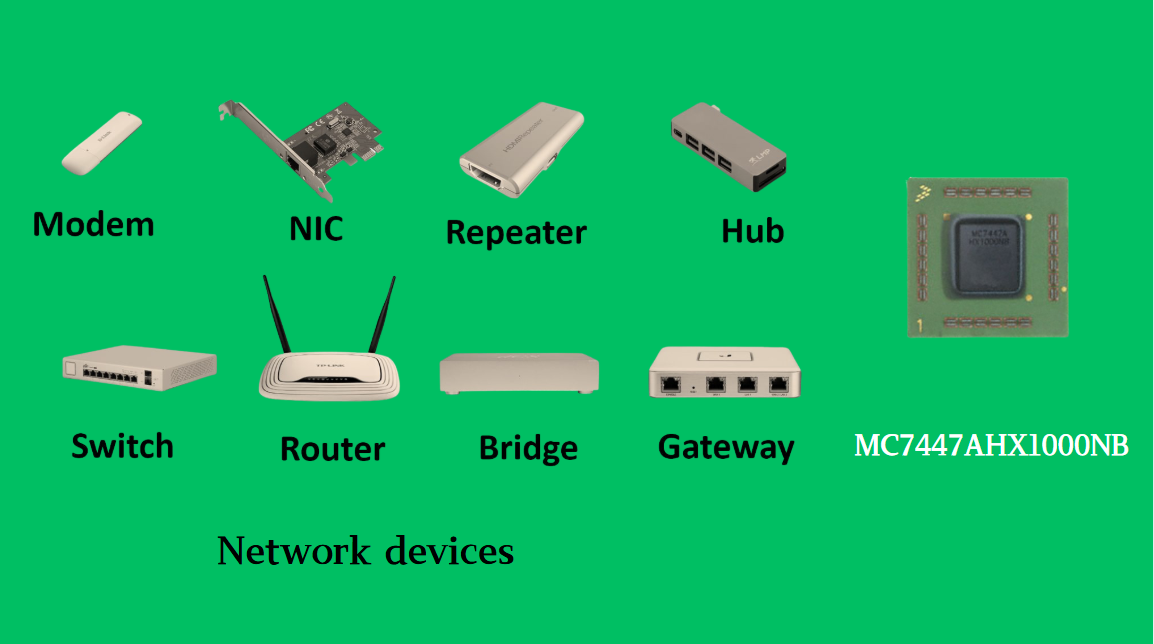
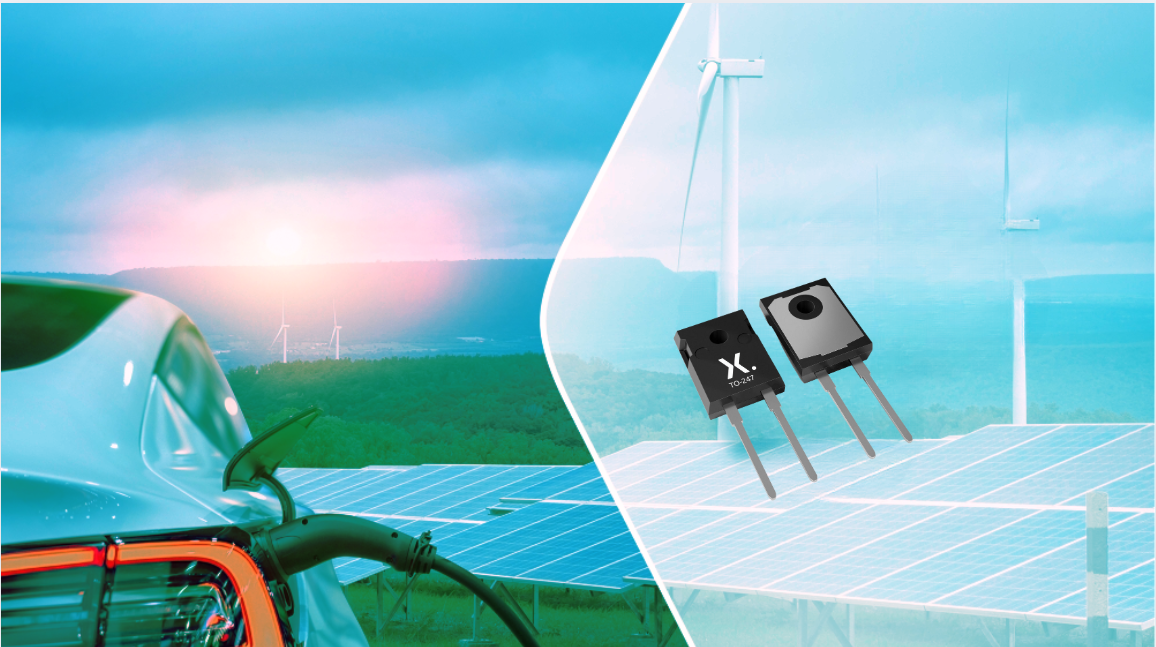
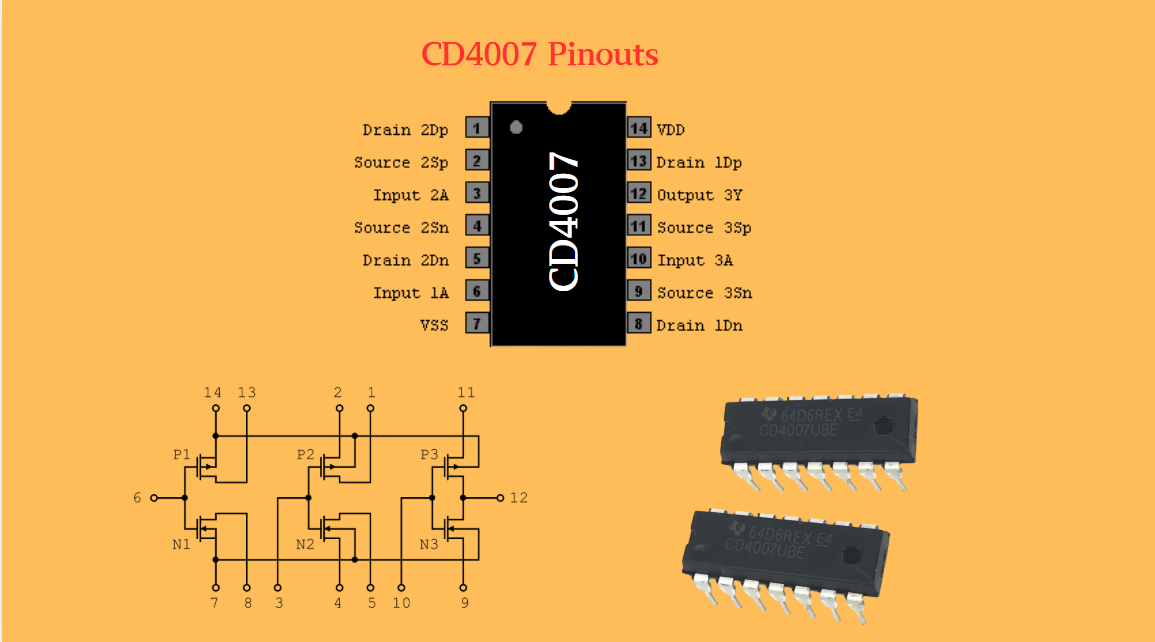
 Wishlist (0 Items)
Wishlist (0 Items) 